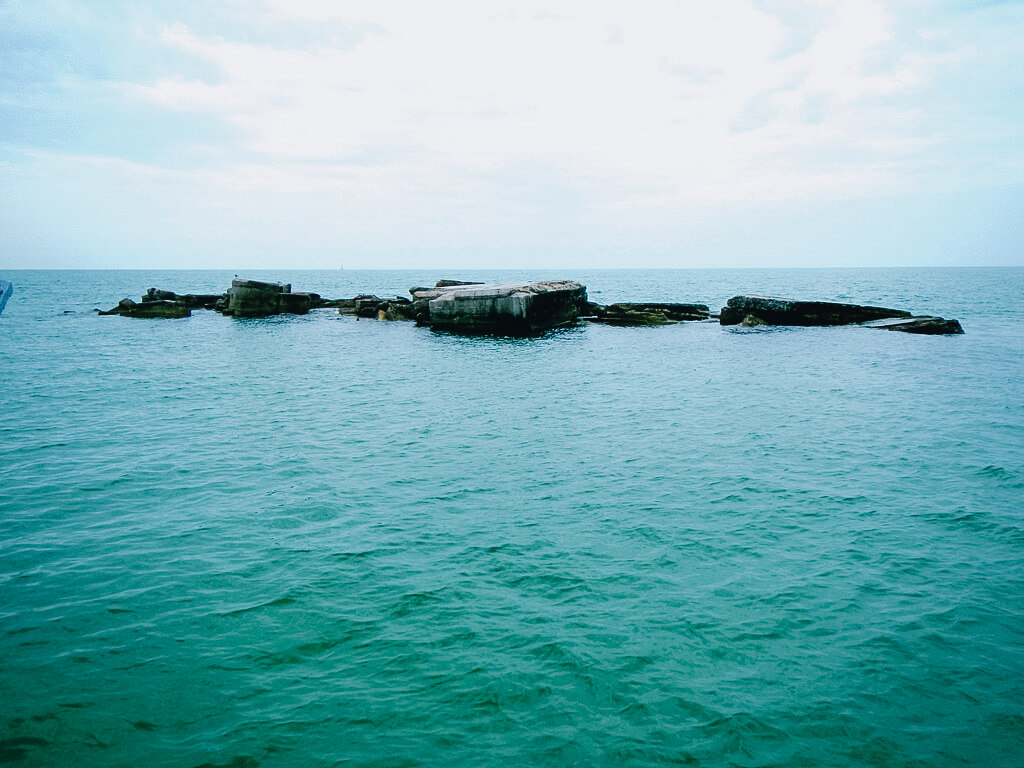Few people realize that Egmont Key, now a wildlife refuge of the coast of St. Petersburg, FL, was once an island internment camp where Seminole Indians were imprisoned during the Indian Removal Period, from 1856-1858.
Each year, over 200,000 people travel to Egmont Key to enjoy the wildlife refuge and view the remains of military batteries from the Spanish-American War. Signage installed in the 1970s, when Egmont Key became a Florida State Park, focuses on the island’s natural and ecological resources, and does not give voice to the painful Seminole history of the site.
This story needs to be told, because it is an integral component of Seminole heritage and identity, and because the physical remains of Egmont Key are degrading rapidly, due to sea level rise and erosion.
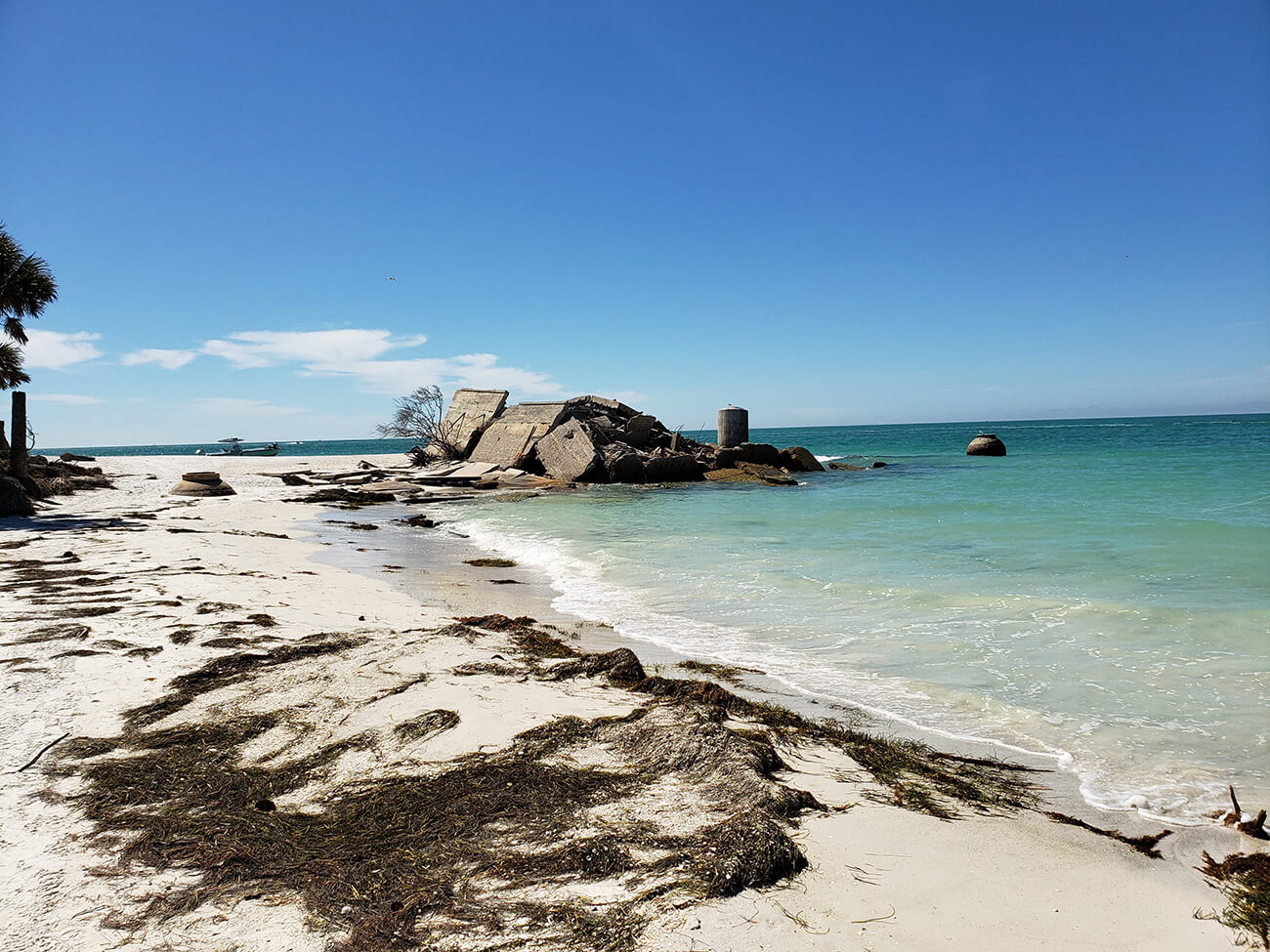
The partially submerged remains of Fort Dade demonstrate the threat that rising sea levels pose to Egmont Key’s heritage.
As a result, the multidimensional histories and physical remains at Egmont Key are in danger. Massive erosion has destroyed over one-third of the island, exacerbated by severe storms and coastal degradation made worse by the dredging of Tampa Bay. Wildfires caused by lightning have also recently damaged structures and natural areas at Egmont Key.
To raise awareness and understanding of this important phase of Egmont Key’s history, the USF College of Arts and Sciences’ new Access 3D Lab is embarking on a digitally-driven heritage research project. Access 3D Lab is a new shared user facility, directed by Dr. Laura Harrison, which incubates and supports transformative research and teaching in STEM disciplines, the arts and the humanities.
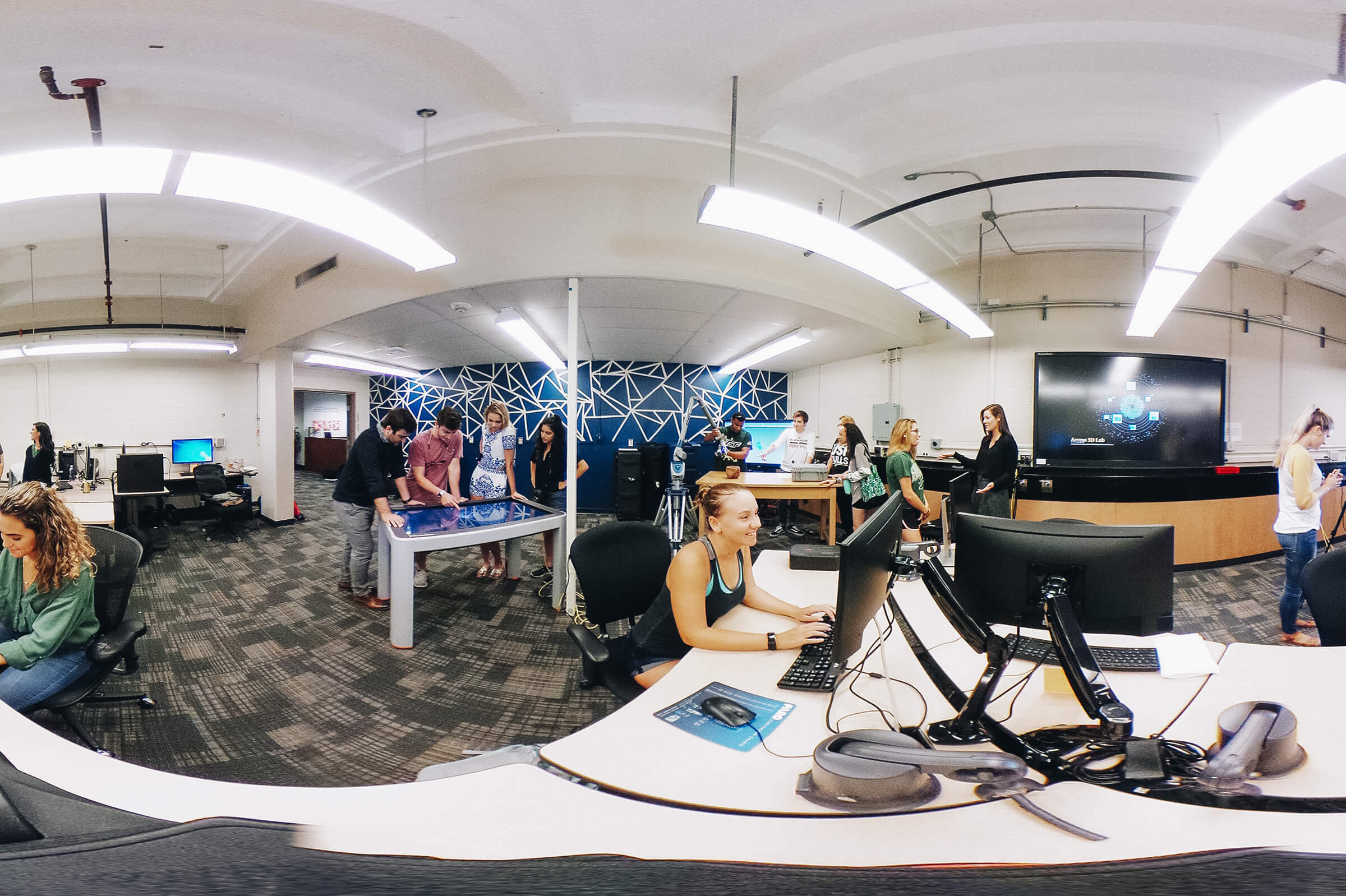
Access 3D Lab at the University of South Florida
Access 3D Lab is using terrestrial laser scanners to document the island as it is today in 3D. This dataset will become the backdrop for an interactive virtual tour that allows local and global audiences to better understand the relationship of past events at the site to contemporary Seminole identity.
The interactive virtual tour highlights the story of key figures such as Polly Parker, who was imprisoned on Egmont Key and later escaped during transit to Oklahoma and made her way back home.

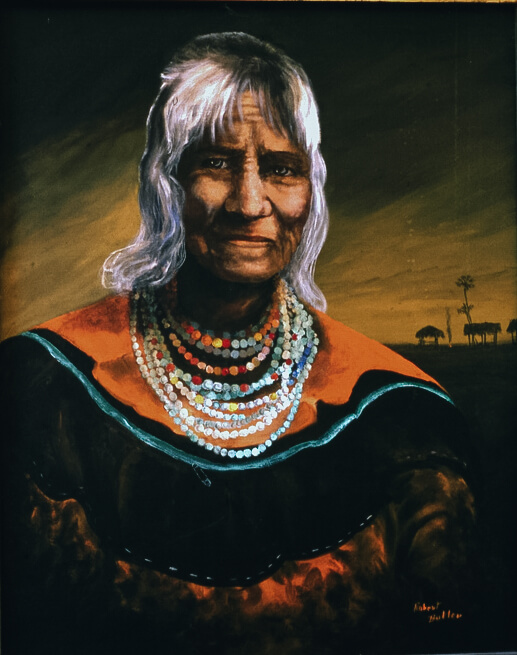
Painting by Robert Butler of Seminole Polly Parker.
The story of that escape and return home was passed down to tribal members, and many Seminoles in south Florida are likely descendants of Parker. In 2013, the first Seminoles returned to Egmont Key to reflect on what some tribal members referred to as their Holocaust, their Alcatraz (Montgomery 2013).
The Seminole Tribe closely guards their highly sensitive oral histories about Egmont Key in a special vault at the Big Cypress reservation. Staff from the Seminole Tribal Historic Preservation Office (THPO) are painstakingly reviewing these histories and identifying materials that are cleared for public access. These audio recordings are integral in bringing the Seminole story to life and those that are deemed appropriate for the public will be incorporated into the interactive virtual tour.
GIS mapping of Egmont Key will provide the foundational data sets to exhibit climate change data and locations of Seminole internment sites on the island. Steven Fernandez, of USF’s School of Public Affairs, is the project’s GIS analyst. The GIS analysis of Egmont Key focuses on visualizing changes over time to the historical landscape of Egmont Key and the erosion and environmental degradation caused by storms, king tides, human alteration of the local waterways, and wildfires. Climate change projections will be integrated with the GIS maps to predict varying levels of future endangerment of the natural and cultural resources at Egmont Key.
"I’m excited about this project, because it brings together research on climate change, sustainability, Seminole heritage and cutting-edge 3D virtualization techniques," says Dr. Brooke Hansen of the Patel College of Global Sustainability, one of the project’s co-directors. Dr. Hansen is working along with Dr. Antoinette Jackson, Director of USF’s Heritage Research Lab, to oversee the archival research aspects of the project. [Fig. 5]
USF student interns will travel to the National Archives in Washington D.C. to go through microfiches that contain firsthand accounts of the Seminoles incarcerated at the Egmont Key stockades from 1856-1858. They are also evaluating the materials held at the National Museum of the American Indian, where Dr. Harrison used to work, and where Dr. Hansen has a colleague with whom she regularly collaborates.
The Egmont Key project exemplifies Access 3D Lab’s vision to create a Digital Innovation Ecosystem.
"We view ourselves as a node for faculty, students and researchers across USF and
beyond to pursue innovative-digitally driven research in a wide variety of fields.
Our goal is to propel these projects by offering access to the latest technologies,"
says Dr. Laura Harrison.
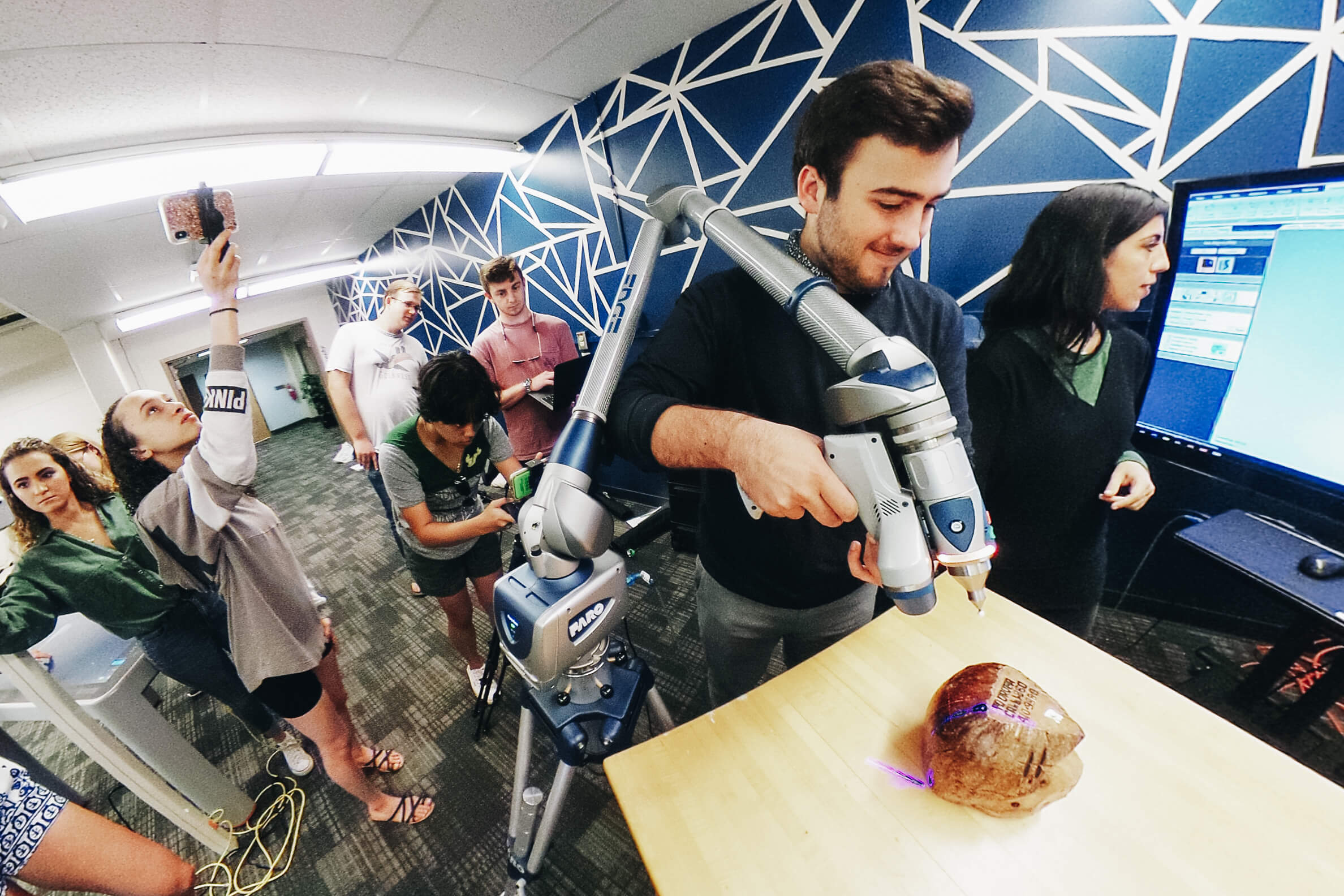
USF students learning how to use 3D scanners at Access 3D Lab.
In addition to supporting USF faculty research and community engagement, Access 3D Lab offers professional development training and certification for students with their @Access3D badging program. Participants in the Egmont Key project who operate scanners and process 3D data are eligible to earn a Gold Badge - a certification of applied technology skills that is attractive to future employers. This certification also qualifies students for a USF Career Services Technology Badge, a further resume builder.
Together, these activities exemplify Access 3D Lab’s core values of accessibility, collaboration, and community engagement. For more information, contact Dr. Laura Harrison or visit Access 3D Lab on Facebook, Instagram or Twitter @Access3D.
Montgomery, Ben. (2013). Polly Parker’s Escape Gave Life to Florida’s Seminole Tribe. Tampa Bay Times online Dec. 8, 2013, retrieved 11/26/18
